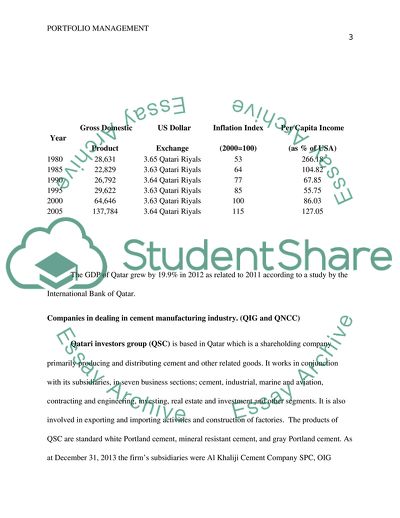Cite this document
(Portfolio management Research Paper Example | Topics and Well Written Essays - 4500 words, n.d.)
Portfolio management Research Paper Example | Topics and Well Written Essays - 4500 words. https://studentshare.org/finance-accounting/1828339-portfolio-management
Portfolio management Research Paper Example | Topics and Well Written Essays - 4500 words. https://studentshare.org/finance-accounting/1828339-portfolio-management
(Portfolio Management Research Paper Example | Topics and Well Written Essays - 4500 Words)
Portfolio Management Research Paper Example | Topics and Well Written Essays - 4500 Words. https://studentshare.org/finance-accounting/1828339-portfolio-management.
Portfolio Management Research Paper Example | Topics and Well Written Essays - 4500 Words. https://studentshare.org/finance-accounting/1828339-portfolio-management.
“Portfolio Management Research Paper Example | Topics and Well Written Essays - 4500 Words”. https://studentshare.org/finance-accounting/1828339-portfolio-management.


